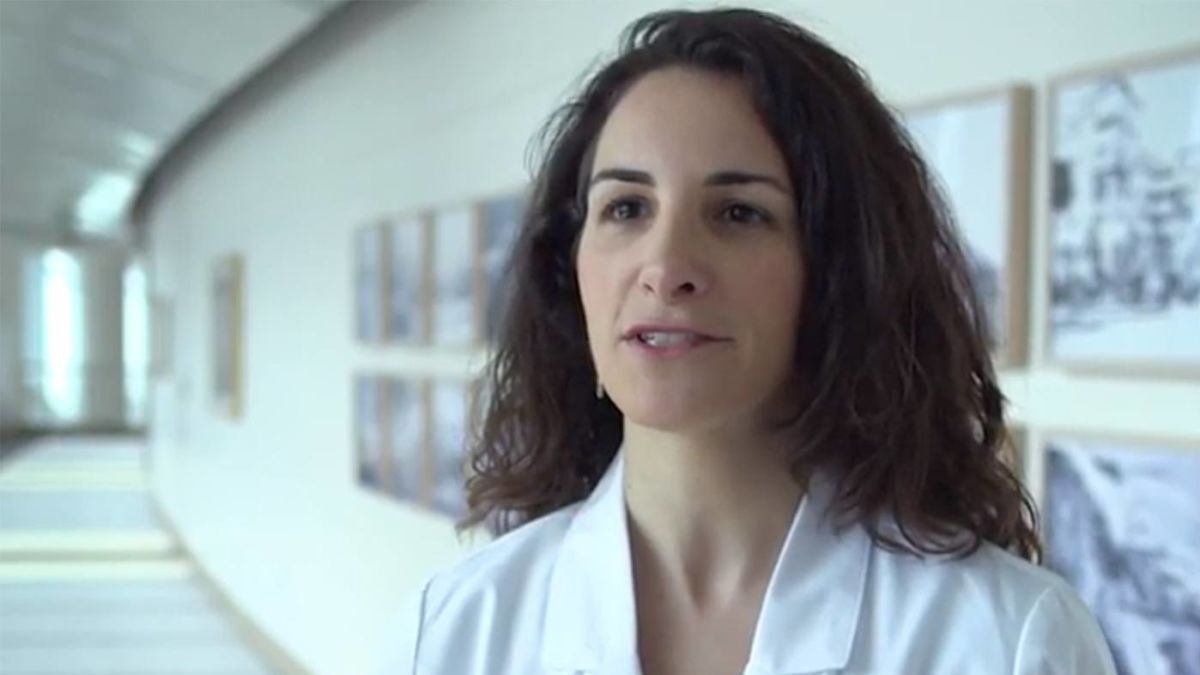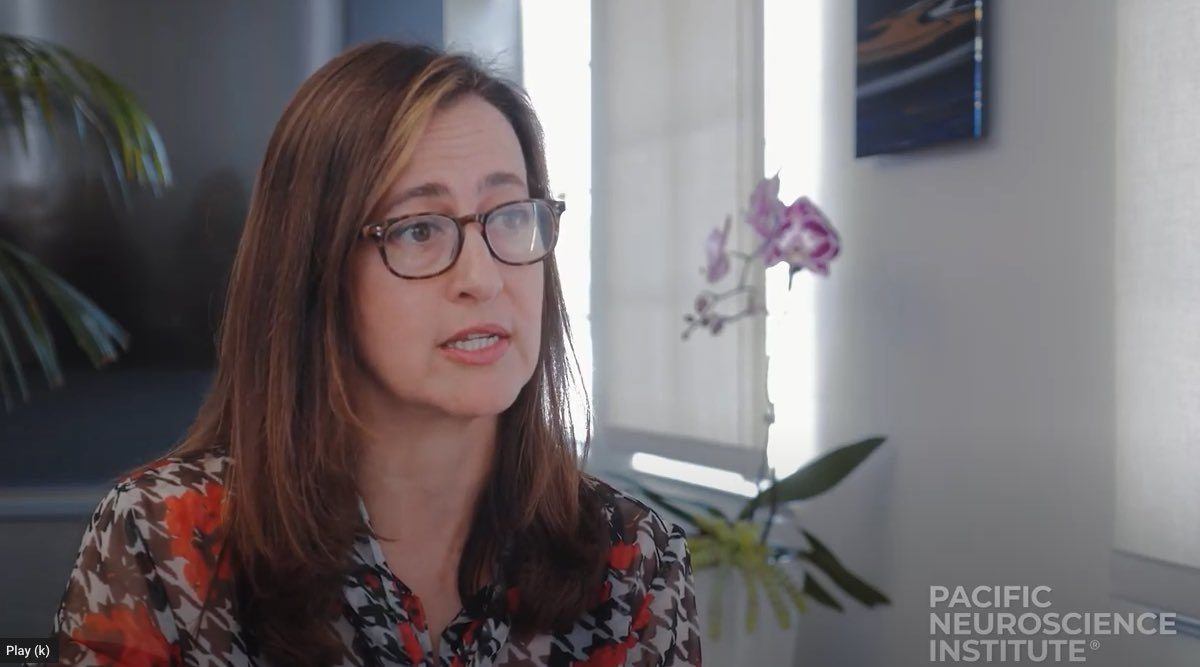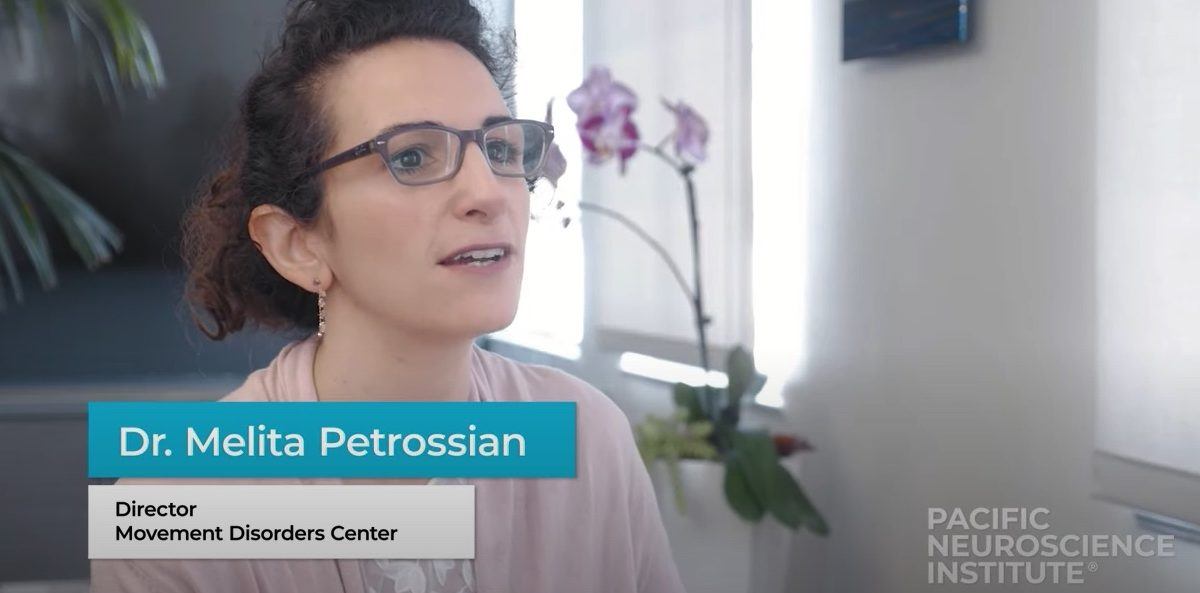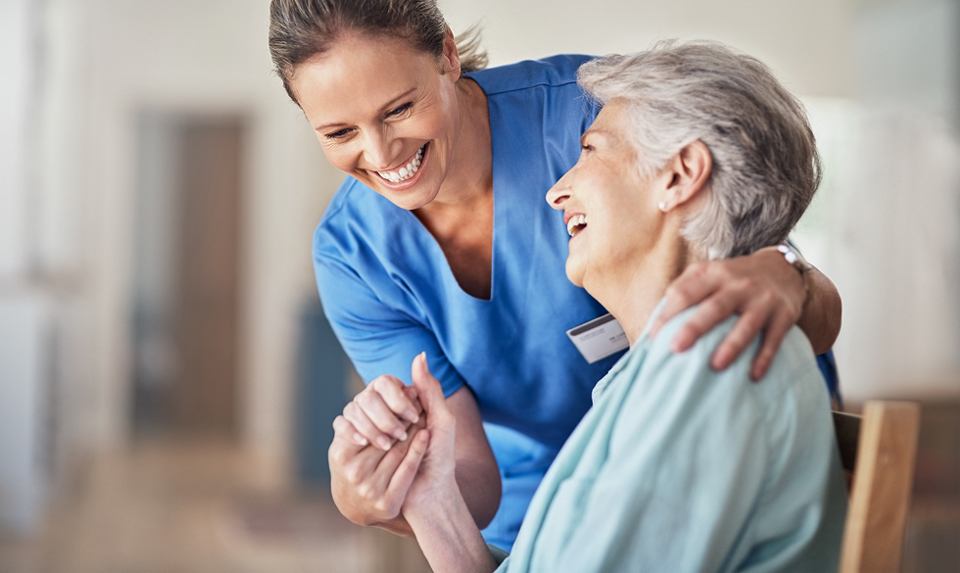
Parkinson’s Disease
What is Parkinson’s disease?
Parkinson’s Disease (PD) is a degenerative condition affecting the brain causing a loss of a brain chemical called dopamine manifesting as tremor at rest, slowing down of movements (bradykinesia), stiffness of the limbs (rigidity), and a range of non-motor symptoms.
How does Parkinson’s disease affect the brain?
The part of the brain that is affected is called the basal ganglia, which functions like the autopilot of your brain, facilitating subconscious (automatic) movements. Because PD causes the brain cells in this deep circuitry to deteriorate, patients’ natural movements become slow and stiff. Many patients describe feeling as if they had aged overnight.
How does Parkinson’s affect the face?

Everyday tasks such as getting dressed, writing, picking something up off the floor take twice as long as they used to. Some people describe the feeling of slowness and stiffness as walking through molasses or moving in slow-motion. Because subconscious muscle movements of the face are responsible for one’s facial expressions and others’ interpretation of our mood, patients can be thought to be upset or depressed when they are not. This is known as having a masked face.
Does Parkinson’s affect voice?
The voice is affected too, because the voice box is ultimately controlled by the basal ganglia as well. Thus the voice becomes soft, slurred and hushed. Others may comment that the patient is mumbling. The mumbling goes away temporarily once the patient becomes aware of it but soon returns to the soft, slurred state.
This temporary improvement when attention is paid is true of many of the motor symptoms of PD because the condition primarily affects subconscious movements, and does not directly affect nerve or muscle control at the most basic level. Thus, conscious awareness can override the slowness to a certain extent. This fact is one reason why physical therapy and physical activity are so useful and necessary in treating PD.
Pacific Neuroscience Institute also provides speech-language pathology for Parkinson’s disease patients.
Motor (Movement-Related) PD Symptoms
Bradykinesia (“slow movements”):
- Slowness of walking and other movements
- Trouble with dexterity
- Reduced arm swing or stride length
- Delayed reactions physically
- Reduced facial reactions (“masked face”)
- Softer or slurred speech
- Smaller handwriting
- Delayed responses mentally
Rigidity
- Stiffness of limb(s)
- Sometimes associated with pain
Rest Tremor
- Tremor in one or both limbs with the limb at rest
- Sometimes also tremor with holding a posture or with actions
- Usually asymmetric
Imbalance, loss of balance reflexes
- May fall backwards
Non-Motor Associated PD Symptoms
- Lightheadedness from blood pressure dropping upon standing
- Urinary difficulties such as increased frequency, increased urgency, trouble making it to the bathroom on time (incontinence)
- Anxiety
- Depression
- Fatigue
- Cognitive difficulties including dementia
- Hallucinations
- Sleep disturbances, vivid dreams, acting out dreams, REM sleep behavior disorder (RBD)
- Gastrointestinal changes such as constipation, delayed stomach emptying, loss of sense of smell or taste (may precede symptoms by many years)
Parkinson’s disease diagnosis
PD is a “clinical diagnosis,” meaning that it is based on the patient’s exam and history. There is no blood test for PD. MRI is sometimes done to exclude other conditions that can mimic PD, but is not necessary if the clinical signs are consistent with the disease.
Our clinics offer DaTscan, a new functional imaging technique that accurately distinguishes between Parkinson’s tremor and other causes of tremor.
Treatment for Parkinson’s disease
Individualized treatments reduce the symptoms of Parkinson’s disease.
Medical non-surgical treatment
- Exercise: The best form of treatment is exercise, exercise, exercise! Depending on the patient, this may mean physical therapy, participation in PD-specific exercise classes, working with a personal trainer, use of fitness videos, or independent exercise. The idea is to tailor the medical and surgical treatment to maximize the ability of the patient to exercise. Speech therapy can also be helpful for slow, soft, or slurred speech.
- Medication for motor symptoms
- Management for non-motor symptoms
- Surgical treatments
- Therapy
At the Pacific Movement Disorders Center, our approach is to tailor the medical and surgical treatment to maximize the ability of the patient to exercise.
Surgical treatment for Parkinson’s
This is advised when the disease progresses and the medications are no longer controlling the symptoms of PD adequately.
- As the disease progresses, Levodopa still works, but the brain’s response to the medication becomes less predictable. Levodopa may take longer to kick in and may wear off earlier, requiring patients to take medication more frequently during the day. Higher doses of levodopa are associated with abnormal involuntary movements, known as dyskinesias (this does not include tremor). Unpredictable medication effect results in “OFF” time when patients feel stiff, rigid, stuck, frozen, slow, or fatigued, compared to “ON” time when movements are smooth and closer to normal.
- Treatment options as the disease progresses include taking levodopa more frequently; making the medication last longer by adding medications to reduce the metabolism of levodopa, or dopamine (Comtan, Azilect) adding or changing to long-acting forms of levodopa (Sinemet CR, Rytary), or adding or changing to long-acting forms of dopamine agonist (Neupro patch). Amantadine can be added to reduce dyskinesia. As these options are being considered and implemented, it’s time to consider deep brain stimulation surgery (DBS).
- Deep brain stimulation surgery is FDA-approved for the treatment of motor complications in Parkinson’s disease and is not experimental. DBS is not a last-resort treatment. It has been shown that DBS is more beneficial when performed earlier in the course of the disease compared to waiting for disability.
Parkinson’s disease doctors and specialists
At the Pacific Movement Disorders Center, we provide a personally tailored approach to the management of PD including the use of the newest FDA-approved medications and the use of deep brain stimulation (DBS) when appropriate. We have offices in Santa Monica and Torrance, CA and serve all of West Los Angeles and Southern California communities.
Videos related to Parkinson’s disease
 Dr. Melita Petrossian – Movement Disorders
Dr. Melita Petrossian – Movement Disorders
 Meet Dr. JP Langevin
Meet Dr. JP Langevin
 Meet Dr. Natalie Diaz
Dr. Natalie Diaz is a board-certified neurologist with fellowship training in movement disorders. Her clinical practice focuses on the evaluation and management of patients with Parkinson’s disease, atypical parkinsonian disorders,…
Meet Dr. Natalie Diaz
Dr. Natalie Diaz is a board-certified neurologist with fellowship training in movement disorders. Her clinical practice focuses on the evaluation and management of patients with Parkinson’s disease, atypical parkinsonian disorders,…
 Pacific Movement Disorders Center
Pacific Movement Disorders Center
 A PNI Minute | Sleep Part 1: The Importance of Sleep
A PNI Minute | Sleep Part 1: The Importance of Sleep
 A PNI Minute | Sleep Part 2: Sleep and Disease
A PNI Minute | Sleep Part 2: Sleep and Disease
 A PNI Minute | The MIND Diet for Parkinson’s Disease
A PNI Minute | The MIND Diet for Parkinson’s Disease
 Think Neuro Podcast: Taking On Parkinson’s Disease With Boxing Gloves with Dr. Melita Petrossian
A diagnosis of Parkinson’s disease today doesn’t mean the same as it did even just a few years ago. There have been nine new medications for Parkinson’s disease and its…
Think Neuro Podcast: Taking On Parkinson’s Disease With Boxing Gloves with Dr. Melita Petrossian
A diagnosis of Parkinson’s disease today doesn’t mean the same as it did even just a few years ago. There have been nine new medications for Parkinson’s disease and its…
 La Enfermedad de Parkinson (EP) | La Dra. Natalie Diaz – 2019
La Enfermedad de Parkinson (EP) es una afección degenerativa que afecta al cerebro, provocando la pérdida de una sustancia química del cerebro llamada dopamina y que se manifiesta como temblor…
La Enfermedad de Parkinson (EP) | La Dra. Natalie Diaz – 2019
La Enfermedad de Parkinson (EP) es una afección degenerativa que afecta al cerebro, provocando la pérdida de una sustancia química del cerebro llamada dopamina y que se manifiesta como temblor…
 Understanding Eye Issues in Parkinson’s
A Closer Look: Eye Issues in Parkinson’s”, with Alexander M. Solomon, MD, a neuro-ophthalmologist at Pacific Neuroscience Institute. A Parkinson’s Community Los Angeles (PCLA) “Let’s Talk Parkinson’s” online program, June…
Understanding Eye Issues in Parkinson’s
A Closer Look: Eye Issues in Parkinson’s”, with Alexander M. Solomon, MD, a neuro-ophthalmologist at Pacific Neuroscience Institute. A Parkinson’s Community Los Angeles (PCLA) “Let’s Talk Parkinson’s” online program, June…

Dr. Melita Petrossian – Movement Disorders

Meet Dr. JP Langevin

Meet Dr. Natalie Diaz

Pacific Movement Disorders Center

A PNI Minute | Sleep Part 1: The Importance of Sleep

A PNI Minute | Sleep Part 2: Sleep and Disease

A PNI Minute | The MIND Diet for Parkinson’s Disease

Think Neuro Podcast: Taking On Parkinson’s Disease With Boxing Gloves

La Enfermedad de Parkinson (EP) | La Dra. Natalie Diaz – 2019

27. Understanding Eye Issues in Parkinson’s
Additional Resources:
Conditions that may mimic Parkinson’s disease
Deep Brain Stimulation (DBS)
Medications for Parkinson’s Disease
Comprehensive Guide for Parkinson’s Caregivers
Everything Parkinson’s: Parkinson’s Disease Support Group
Webinar Series: Everything Parkinson’s




